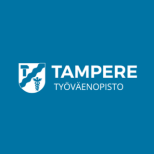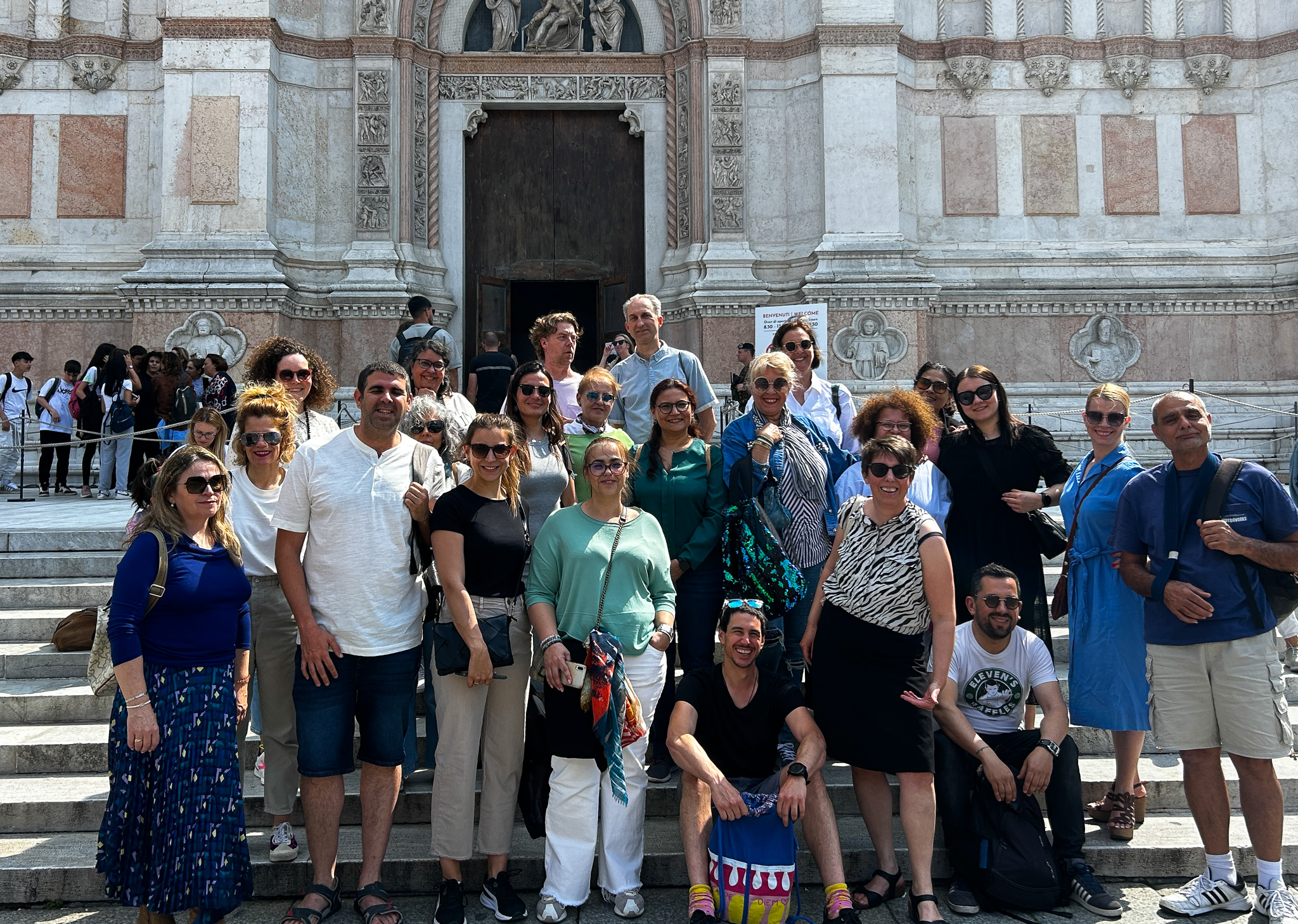I had never been to Bologna before, so I chose it as the destination for my week-long Stress Management Course for Teachers and School Staff. I had visited other parts of Northern Italy before, but Bologna was still on my list. Another reason for choosing Bologna was its renowned old university, which is perhaps the oldest in the world, founded as early as the 11th century.
Bologna lived up to its name: La Dotta, la Grassa, la Rossa – the civilised, the greasy, and the red. These adjectives refer to Bologna’s history and present: the old university is still an important part of the city, the “greasy” refers to the good – and greasy – food, and the “red” to the dominant color palette of the city, which includes a lot of red.
During our visit to the university, we saw how students of the past greatly respected their teachers by creating beautiful coats of arms as tributes. There were gourmet shops on every corner, especially in the city center near the two towers. The towers were originally built as symbols of wealth, and today only two slightly leaning towers remain. The red, orange, and yellow arcades are an important part of the cityscape, with about 40 kilometers of them.
Of the four Finns on my course, I was the only representative from an adult education center, while the others were high school language teachers and one teacher of basic education for adult immigrants. The rest of the participants came from various corners of Europe: Cyprus, Portugal, Latvia, and North Macedonia. We bonded well during the week-long course, and it became a running joke that the Portuguese were always late in the mornings, while the Finns were always the first in the classroom. Perhaps the stereotype of Finnish punctuality holds true!
Our course teacher was the skilled pedagogue Isabel Martínez, who spoke fluent English, Italian, and Spanish. I enjoyed being in the role of a student and just appreciating the well-prepared lesson plans and clear instructions. The teaching also gave me many good ideas for my own work. Thanks to the course, I have been incorporating more group work into my teaching, as I found it an effective teaching method in Bologna as well. The schedules were typically Italian, which was sometimes even relaxing.
The best part of the Erasmus+ trip, besides the expanded networks, was the courage to embrace the unknown – everything in Italy eventually works out for the best, even if it starts in chaos! I also enjoyed speaking with Italians – on the train to Florence, for example, I met an elderly couple who wanted to know more about Finland.
Delicious food, the warmth of the people, and the beauty everywhere make Italy a perfect travel destination for those interested in history or the Italian language. I recommend everyone visit the city of Ferrara – the archaeological museum is definitely worth the two-euro cash entry fee!
Erasmus+ – Invigorating Workflow is a project funded by the European Union. The views and opinions expressed are solely those of the authors of this text and do not necessarily reflect the views of the European Union or the Finnish National Agency for Education. The European Union and the granting authority are not responsible for them.






Leave a comment